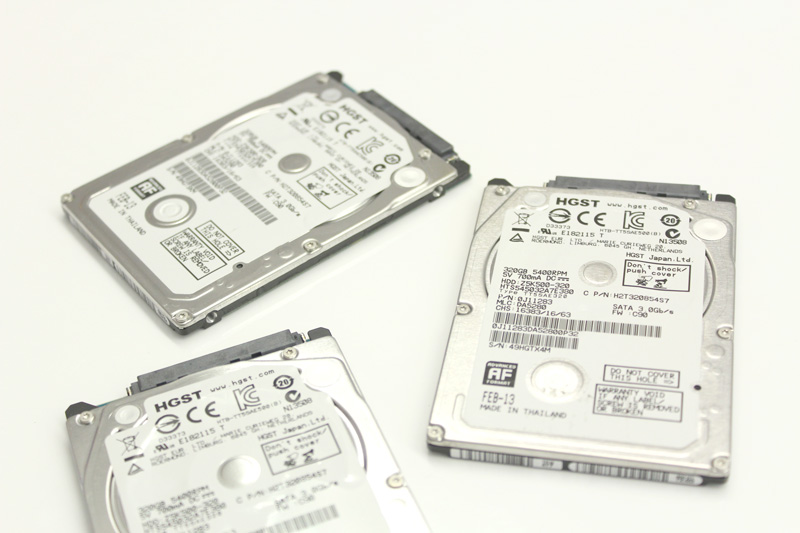RAID 0, 1, 5, 10… What’s the difference?
Oct 31, 2016RAID Technology (Redundant Array of Independent Disks) is a data storage virtualization technology used to improve the access time (especially the write speed) or / and the security of your data (data redundancy). There are different levels of RAID however, which causes a lot of confusion.
RAID: Different levels for different purposes
RAID technology combines multiple physical disk drive components (hard disk drives or HDDs) into a single logical unit. There are different levels of redundancy and performance. Some standard RAID levels employ techniques of striping, some of mirroring or parity to create large reliable data stores. The most common types being RAID 0, RAID 1, RAID 5 and RAID 10.

Doubling the speed of the storage (RAID 0)
System memory is faster than a HDD and usually has to wait the drive to be ready to accept more data. By using two drives in a RAID 0 architecture, memory can alternately feed the two disks, doubling the speed of the write process.
You can use two drives or more for RAID 0. The biggest drawback of RAID 0 is that if you lose either drive, you will lose all the data on it and then cannot access on the data of the drives you still have.
My advice: “Although a faster motherboard will give you improved transfer rates the access time will always be limited by the speed of the drive unless you adopt RAID.
The benefits of this approach really appear with large files – for small files that are read and written alternately there really is relatively little benefit. In this case, you could adopt SSD storage which is a bit more expensive but faster.”
Mirroring your data (RAID 1)
With mirroring, each cluster of data you write will be cloned and stored into the different drive(s). This will slow down the write speed, as the data needs to be written more than once, but you will gain reliability.
If you lose one of your drive, you still have the other one(s) with the same data. RAID 1 is also really simple to use and the best option to avoid a disk failure. Using 2x 1TB drives is the minimum with RAID 1. It will give you 1TB of data, so less than RAID 0 (2TB of data using 2x 1TB drives).
My advice: “RAID 1 should be used if you want better security of your data as described below. You should use this solution if your data is important and you don’t need a fast write speed for your files.”
Disk striping with parity (RAID 5)
This system will be striping your data onto the different drives with a parity. This parity created and stored will permit the reconstitution of the one of the drives in case of failure.
The read and write speed will be well balanced, security is present which makes RAID 5 the most commonly used RAID method.
My advice: “You need at least three drives with RAID 5. Using 3x 1TB drives, RAID 5 will give you 2TB of data and 1 Failure Drive in case one fails. For each additional drive, you will have the option of using it to increase speed, increase capacity or increase security by using it as a standby in case of drive failure.”
Disk mirroring and striping (RAID 10)
With RAID 10 your data is first striped into 2 parts, then mirrored which means that four drives are needed for this level of RAID. RAID 10 is RAID 1 and 0 combined and is the best option for intensive applications requiring both fast access and high security.
My advice: “The only way you could lose your data is if you have 2 disks within the same stripe failing which shouldn’t happen if your drives are well chosen. As with RAID 1, you can only use only half the capacity of your drives but this time you gain much more reliability.
Articles Related To This Topic:
4 Steps For A Successful RAID On Your PC
Create a multi-monitor set up with 4, 5, 6 or even 7 screens!
How to Lock the USB ports on your fanless PC
 Part of
Part of